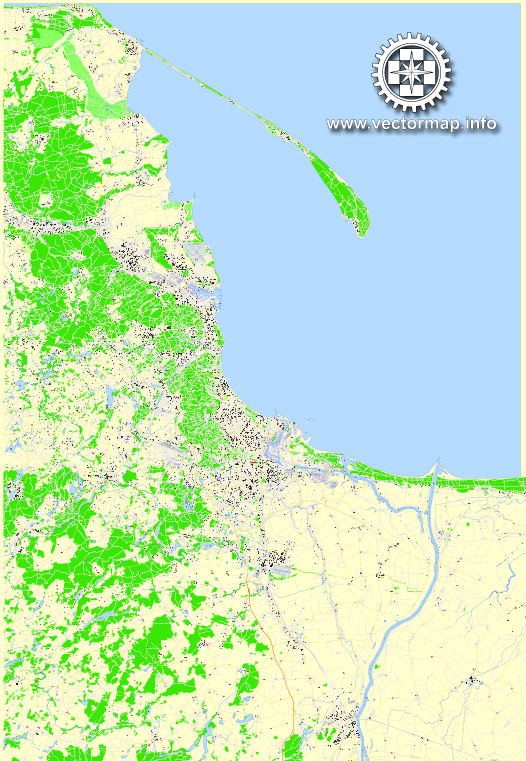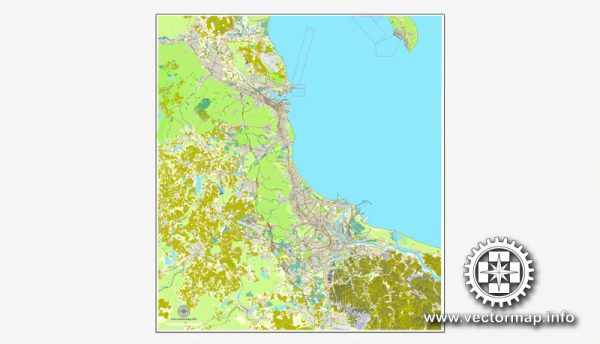The urban development history of Gdańsk, Gdynia, and Sopot in Poland is rich and complex, reflecting the region’s strategic location, economic activities, and historical events. Here’s a brief overview of the history of urban development in these cities:
Gdańsk:
- Medieval Period (10th–15th centuries): Gdańsk has a long history dating back to the 10th century. It became a significant trading port within the Hanseatic League, contributing to its economic prosperity. The city’s architecture reflects a mix of Gothic and Renaissance styles.
- Swedish and Prussian Rule (17th–18th centuries): Gdańsk underwent a period of decline and conflict during the Swedish Deluge and the subsequent rule of Prussia. The city lost some of its autonomy and economic significance during this time.
- Free City of Danzig (20th century): After World War I, Gdańsk became the Free City of Danzig, administered by the League of Nations. The city played a crucial role in the early stages of World War II and witnessed significant destruction.
- Post-War Period and Solidarity Movement: After World War II, Gdańsk was rebuilt. The emergence of the Solidarity movement in the shipyards in the 1980s marked a crucial turning point in the city’s history, contributing to the eventual fall of communism in Poland.
Gdynia:
- Interwar Period (1920s–1930s): Gdynia’s development is closely tied to its role as a major seaport. In the interwar period, Gdynia transformed from a small fishing village into a thriving, modern city. The construction of the port and infrastructure contributed to its rapid growth.
- World War II and Post-War Reconstruction: During World War II, Gdynia suffered extensive damage. However, post-war reconstruction efforts saw the city regain its importance as a key port. Gdynia played a crucial role in Poland’s maritime industry.
Sopot:
- 19th Century Spa and Resort Town: Sopot gained popularity in the 19th century as a spa and resort town. The natural beauty of the area, including the seaside and the Sopot Pier, attracted visitors seeking relaxation.
- 20th Century and World War II: Sopot, like the neighboring cities, experienced challenges during World War II. However, it managed to preserve some of its architectural heritage. The city continued to be a popular tourist destination.
- Post-War Era: In the post-war period, Sopot continued to thrive as a tourist destination. The city’s unique blend of historical architecture and natural attractions contributed to its popularity.
Today, these three cities stand as important cultural, economic, and historical centers in Poland, each with its unique character shaped by centuries of development and historical events. The architecture, maritime traditions, and cultural heritage of Gdańsk, Gdynia, and Sopot continue to attract visitors from around the world.



 Author: Kirill Shrayber, Ph.D.
Author: Kirill Shrayber, Ph.D.